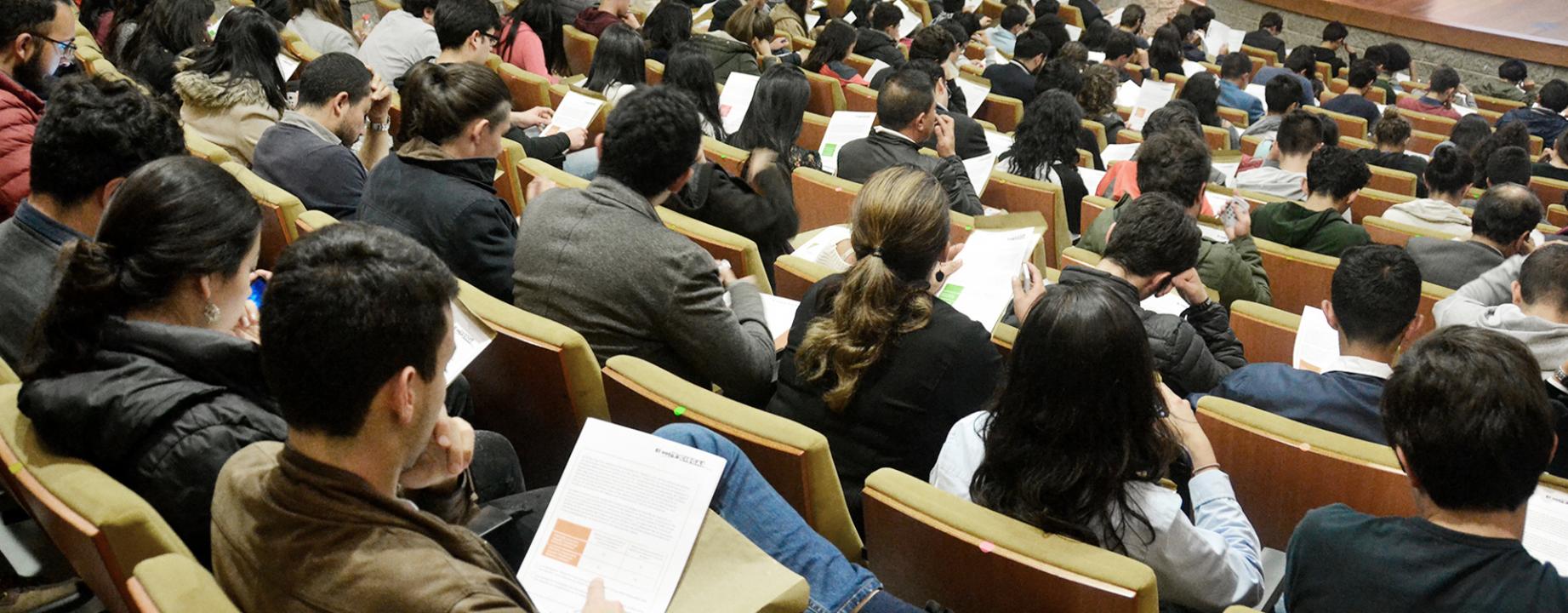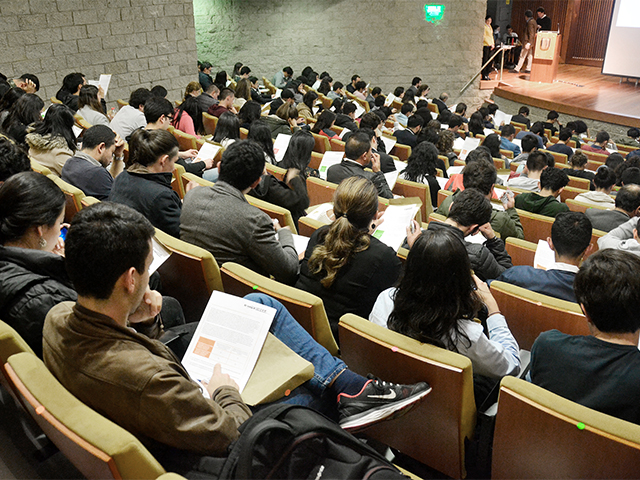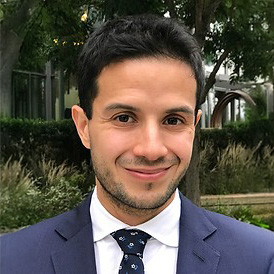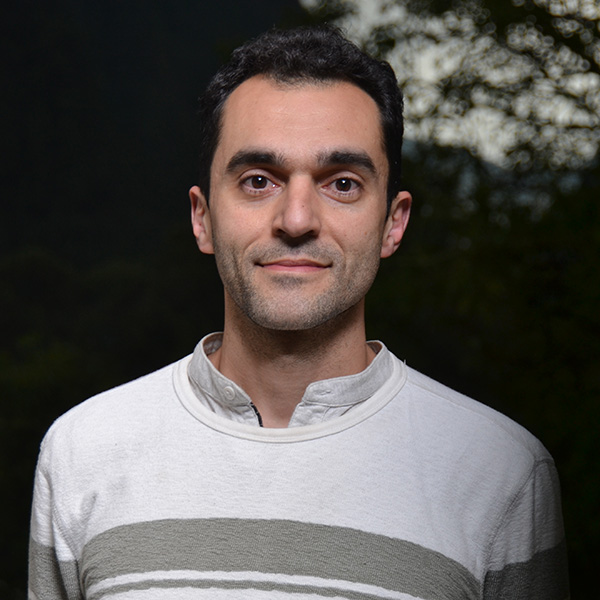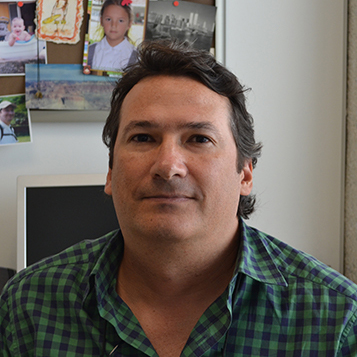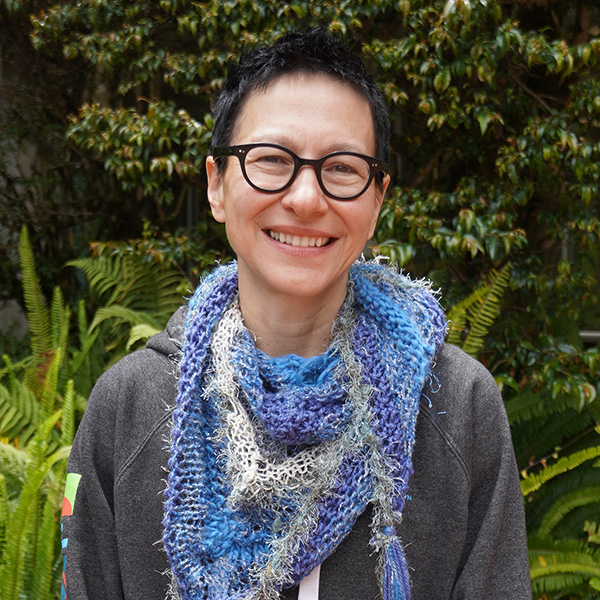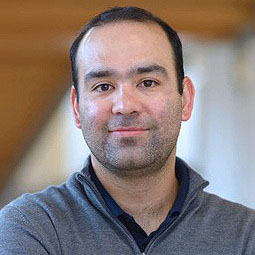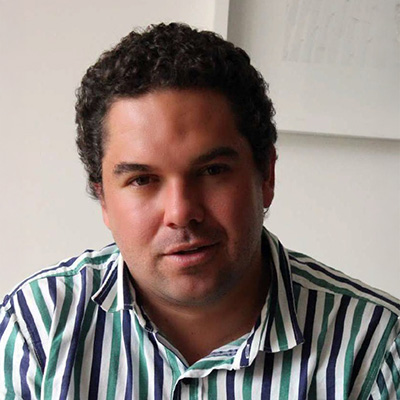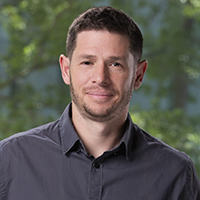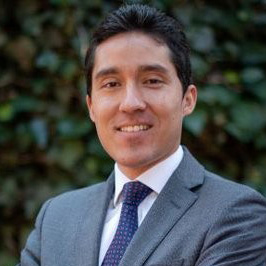Ver agenda Facultad de Economía | Ver en Google

Martes 13 de enero | 12:30 p.m. | SD-702
Presenta: Antonia Vazquez - University of Texas at Austin.
Can We Save Failing Schools? Evidence From Los Angeles
Can investing in failing schools help them improve? This paper studies this question using a natural experiment based on a 2017 lawsuit settlement that allocated substantial resources to the lowest-performing schools in the Los Angeles Unified School District (LAUSD). Using a difference-in-differences design, I compare 50 secondary schools that received an increase of 13.5% on average in their annual budgets for three years, to nearby public, noncharter schools that received no settlement funding. The intervention mandated hiring of additional staff members and allocating of funds for professional development, but allowed discretionary spending on initiatives for high-need students. I find that, in line with the intent of the settlement, schools hired more personnel, including instructional staff such as teachers and counselors and support personnel such as paraprofessionals and school service staff, all effects statistically significant. Settlement schools achieved a 0.75 percentage points reduction in suspension rate relative to unfunded schools, reflecting a marked improvement in performance outcomes. These reductions were particularly notable given that the settlement triggered demographic sorting, with the treated schools losing students overall and shifting toward higher concentrations of economically disadvantaged students and lower Black enrollment. A simple bounding exercise that accounts for demographic sorting indicates that the settlement had meaningful effects on suspension rates, suggesting real improvements on noncognitive dimensions of schooling. Survey evidence suggests that two key mechanisms for lower suspensions were improvements to school climate as reported by staff and students, and enhancements to educators’ capacity and disciplinary approaches.

Miércoles 14 de enero | 12:30 p.m. | SD-702
Presenta: Natalia Pia Guerrero Trinidad - University of Minnesota.
Norms That Travel: The Role of Grassroots Institutions on Antisocial Behavior
In weak-state environments, behavior depends less on formal rules and more on internalized norms, yet how such norms emerge–and whether informal institutions can cultivate them remains unclear. I provide causal evidence that accountable grassroots institutions can form, internalize, and sustain moral norms that shape long-run behavior. My empirical strategy exploits the staggered emergence of Peru’s Peasant Rounds (1976–1983)–community-run security organizations with participatory and accountable design that promoted moral norms– and combines archival, ethnographic, administrative, survey, and original fieldwork data into a new dataset. Using a matched difference-in-differences design across cohorts and birth districts, paired with displacement induced by exogenous weather shocks, I show that exposure to the rounds before age 11 shifts rule-following from fear to empathy, fosters more impartial moral judgments, increases respect for others’ rights, and raises trust beyond the in-group. These changes in moral norms translate into meaningful behavioral outcomes: adult arrests and incarceration fall by roughly 14 percent relative to the control-group mean, and insurgent recruitment declines by about 32 percent. I also find substantial evidence that these norm changes persist when individuals relocate, diffuse into previously unexposed host communities, and extend to the next generation. A placebo comparison with self-defense groups lacking accountability shows no comparable effects. Taken together, the results are consistent with a mechanism in which accountable community institutions socialize children and raise the moral cost of wrongdoing, cultivating intrinsic prosocial motivation that travels with individuals over space and time.
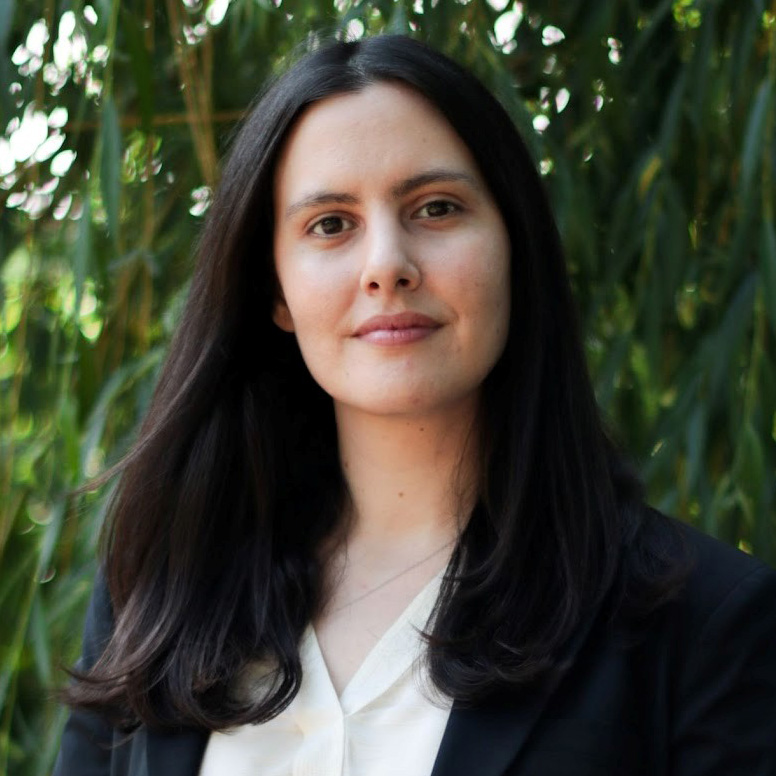
Jueves 15 de enero | 12:30 p.m. | SD-702
Presenta: Giselle Labrador-Badia - University of Wisconsin-Madison.
Deposit Segmentation and Bank Competition: Implications for Monetary Policy
This paper quantifies how segmentation and bank market power in deposit markets shape the transmis sion of monetary policy. Using rate data differentiated by deposit account size, I document that uninsured rates are higher than insured rates, significant heterogeneity in banks’ uninsured deposit exposure, and in complete pass-through from policy rates to deposit rates. I develop and estimate a structural model of bank competition with segmented deposit markets by insurance status and spatial competition to understand these patterns and quantify their implications for monetary transmission. I find that uninsured deposits are slightly more elastic than insured deposits, while insured deposits have higher servicing costs. In counterfactual simulations of federal funds rate increases, I find that insured deposit outflows are three times larger than unin sured outflows and pass-through is higher for uninsured rates. Banks substitute toward wholesale funding, contracting lending as monetary policy tightens. Small banks experience larger balance sheet contractions following rate increases, while competitive markets exhibit stronger deposit pass-through. These findings demonstrate that accounting for deposit segmentation is essential for understanding monetary transmission: segmentation amplifies policy effects in competitive markets but dampens transmission in concentrated mar kets.
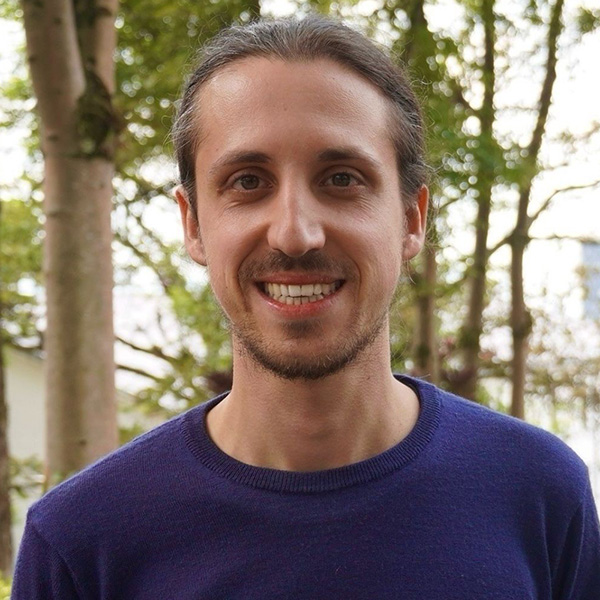
Viernes 16 de enero | 12:30 p.m. | SD-702
Presenta: Matteo Ruzzante - Northwestern University.
Coautor: Felipe Berrutti
Price Regulation and the Adoption–Innovation Trade-off
Regulating the price of existing technologies can spur their adoption yet deter subsequent innovation. In India, price controls on genetically engineered (GE) cotton seeds induced this trade-off. Leveraging the policy’s differential timing across states, we show that mandated price reductions accelerated adoption of GE seeds by farmers. Although seed supply kept pace, innovation subsequently stalled: fewer new varieties were introduced. Using newly assembled data from experimental field trials across India, we show that agronomic yields of new varieties fell in price-controlled states. To quantify the welfare implications of price and yield effects, we develop and estimate a structural model of demand and supply for seeds with endogenous product attributes. While the policy raised farmers’ surplus, especially among the poor, ignoring innovation responses in equilibrium vastly overstates their welfare gains. We use the estimated model to assess alternative policies that better balance adoption and innovation incentives. For a given public budget, incentives for seed developers tied to the productivity of new varieties achieve the highest welfare for farmers.
Martes 20 de enero | 12:30 p.m.
Por confirmar
Presenta: Javier González
Viernes 23 de enero | 12:30 p.m.
Por confirmar
Presenta: Alfredo Mendoza Fernández
Martes 27 de enero | 12:30 p.m.
Por confirmar
Presenta: Paula Donaldson
Jueves 29 de enero | 12:30 p.m.
Por confirmar
Presenta: Juliana Gamboa Arbelaez
Viernes 30 de enero | 12:30 p.m.
Por confirmar
Presenta: Katarina Kuske
Martes 3 de febrero | 12:30 p.m.
Por confirmar
Presenta: Isabel Di Tella
Jueves 19 de febrero | 12:30 p.m.
Por confirmar
Presenta: Michele Di Maio
Jueves 26 de febrero | 12:30 p.m.
Por confirmar
Presenta: Andrés Ham - Universidad de los Andes
Jueves 5 de marzo | 12:30 p.m.
Por confirmar
Presenta: Rachid Laajaj - Universidad de los Andes
Jueves 12 de marzo | 12:30 p.m.
Por confirmar
Presenta: Rakesh Vohra
Jueves 26 de marzo | 12:30 p.m.
Por confirmar
Presenta: Miguel Espinosa
Jueves 16 de abril | 12:30 p.m.
Por confirmar
Presenta: Sebastián Montaño - Universidad de los Andes
Jueves 23 de abril | 12:30 p.m.
Por confirmar
Presenta: Oscar Becerra - Universidad de los Andes
Jueves 30 de abril | 12:30 p.m.
Por confirmar
Presenta: Ursula Mello
Jueves 21 de mayo | 12:30 p.m.
Por confirmar
Presenta: Juan Escobar
